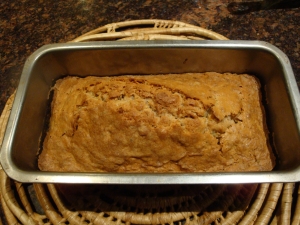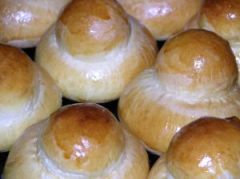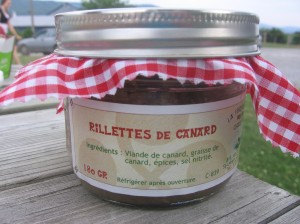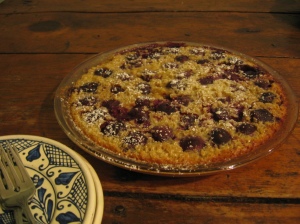Before you start preparing G.F. food there are some things you need to know. First, if a product is not labeled “gluten-free” you may still be able to use it but should always check with the manufacturer to find out if it contains gluten. Some products may not say they are gluten-free on the label but may be. Others won’t. Be wary because you also need to watch for contamination. Anyone who bakes knows that flour has the ability to ‘fly’ around the kitchen and end up in places you would never suspect. For a person with celiac disease this is a problem. Many of them can’t even have a crumb. A gluten-free label means a product was processed or prepared in a separate facility where there is no possibility of contamination. Another thing you need to be aware of if you are purchasing products that are not labeled gluten-free, is that suppliers of the ingredients for prepared foods often change. In other words, one batch of something may be gluten-free while another may not. The manufacturer of the prepared food should be able to tell you its status. Check with them often. Don’t just assume because you purchased this product before and it was gluten-free that it still is.
Is it necessary for you to have a completely gluten-free kitchen? No, it’s not, but I do recommend you clean all utensils just prior to use. And if you are baking items that are not gluten-free on the same day, bake the gluten-free ones first.
If you are on a gluten-free diet or you want to cook for someone who is, try this tasty Zucchini Bread. You and they will love it!
G.F. Zucchini Bread
It’s zucchini season! Every day I find a new zucchini ready to be picked from my garden and sometimes I find oversized ones that have been hidden under the large leaves of the zucchini plant. The optimum size for picking is around 6 inches, but if your plants should get away from you, this recipe might help you use some of those extra large zucchinis. It is an adaptation from a book I can’t recommend highly enough called The Gluten-Free Kitchen by Roben Ryberg (2000).
Ingredients
1 egg
3 tbsp. oil
2 tbsp. butter
3/4 cup sugar
1 tsp. vanilla
1/2 cup potato starch
3/4 cup cornstarch
1 tbsp. baking powder
3/4 tsp. baking soda
1/4 tsp. salt
3/4 tsp. xanthan gum
1 tsp. cinnamon
1/4 cup milk
1 cup grated zucchini
optional: chopped walnuts (Don’t forget to check with the manufacturer of the nuts. Sometimes they use flour when roasting them.)
Preheat oven to 350 degrees. In large bowl mix egg, oil, butter, sugar, and vanilla. Add all remaining ingredients except zucchini and nuts. Mix more – it will be thick. Then add zucchini and nuts. Pour into a greased loaf pan and bake for 45 minutes. Allow to cool for at least 10 minutes.
You will notice that baked goods that are gluten-free are a little more crumbly than non-gluten-free goods. You will also want to wrap this shortly after cooling so it doesn’t dry out. This loaf does freeze well and you may even want to cut it into pieces before freezing and then just extract the number of pieces you need when you need them, microwave them from frozen for 15 to 30 seconds and you have a ready-to-eat dessert for your guests who require gluten-free food. This recipe also passed the test with family members who do not need to eat gluten-free.
Enjoy!
Check out Nancy’s bio and a link to her food blog on the Contributors page













